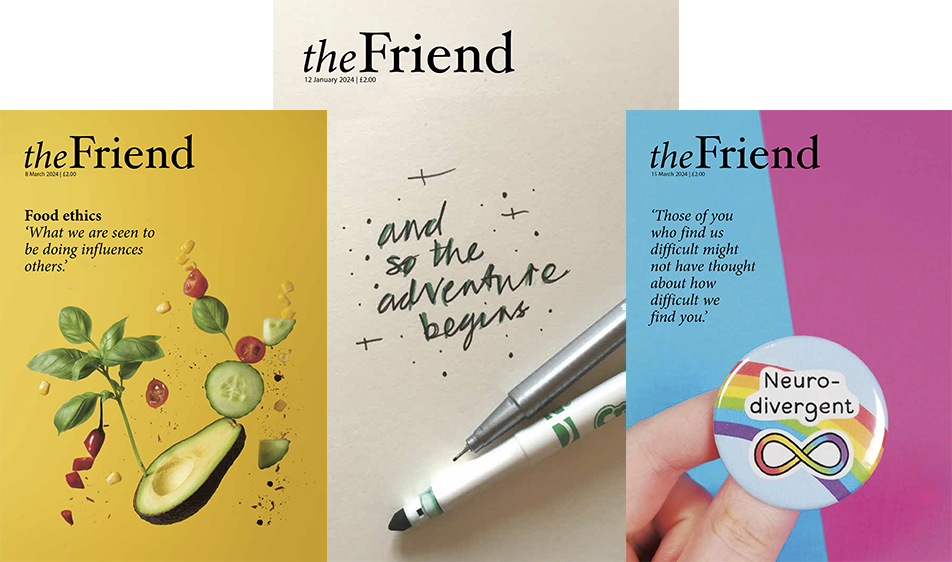'It can be difficult to escape national confines when thinking about peace and war – even for the peace movement.' Photo: 'Postnational Memory, Peace and War: Making pasts beyond borders' book cover
Postnational Memory, Peace and War: Making pasts beyond borders
Author: Nigel Young. Review by Ken Smith.
It can be difficult to escape national confines when thinking about peace and war – even for the peace movement. Key reference points often relate to specific conflicts. Conscientious objection, Quaker service, CND, white poppies and peace demos all have roots in UK history.
